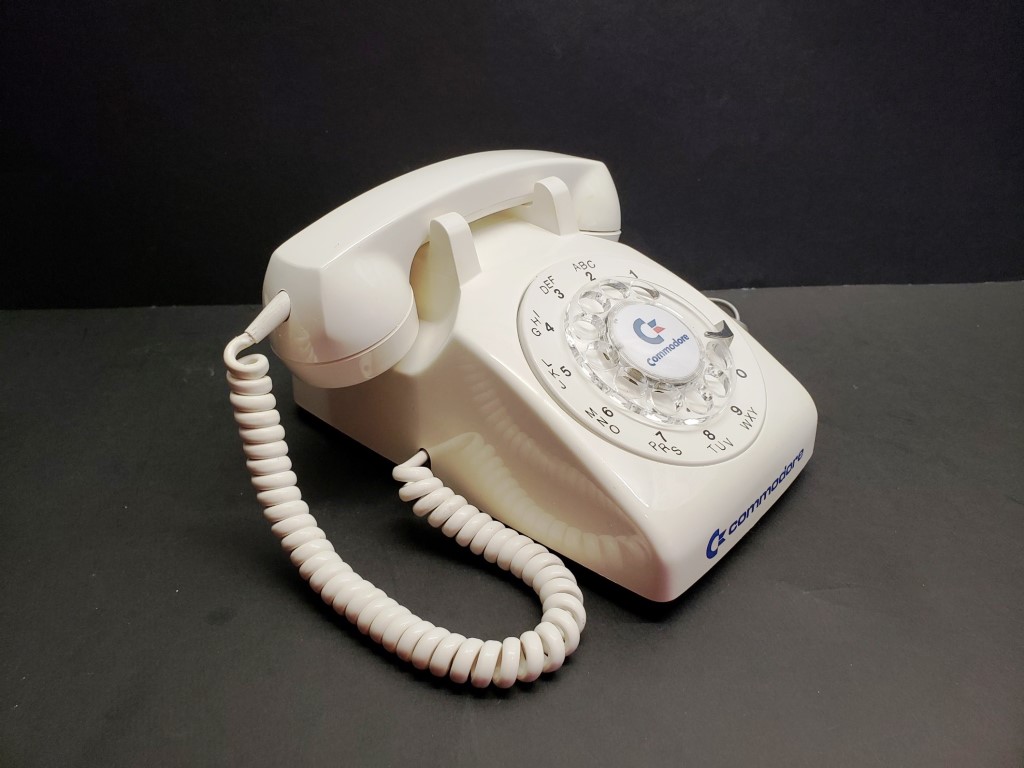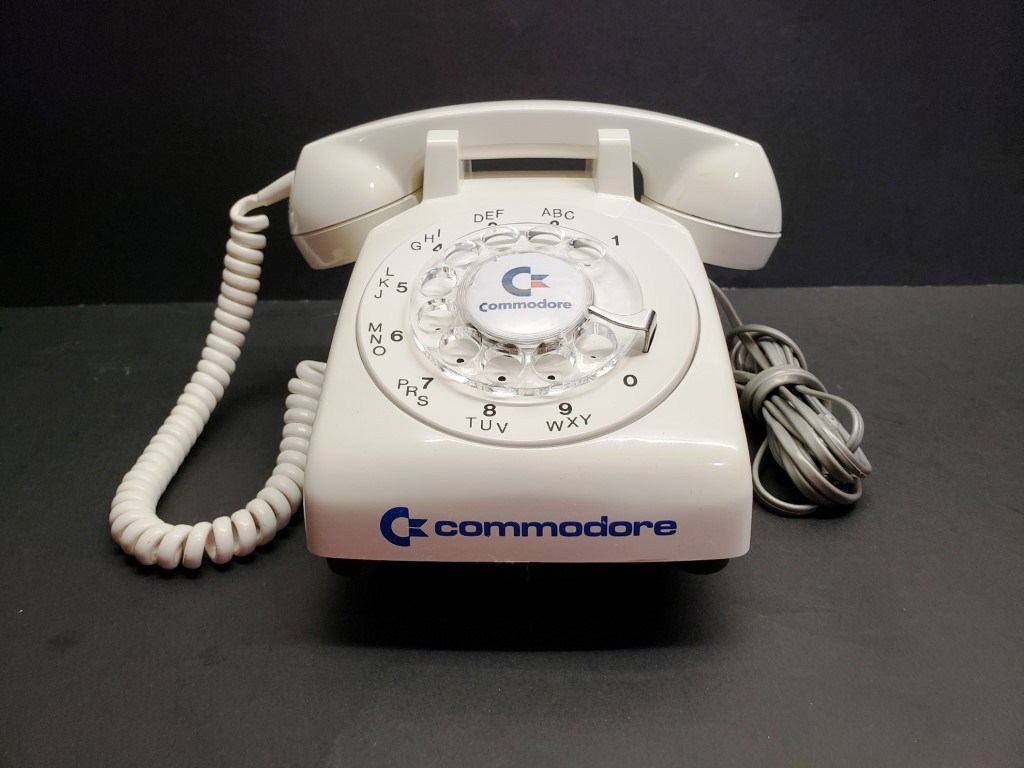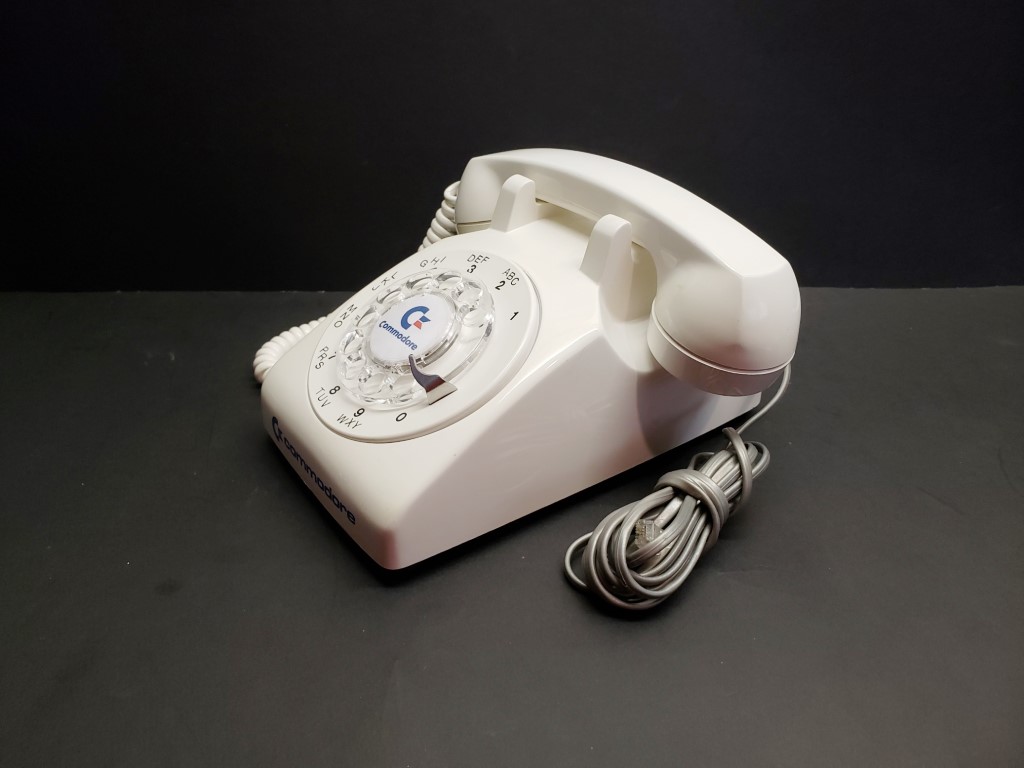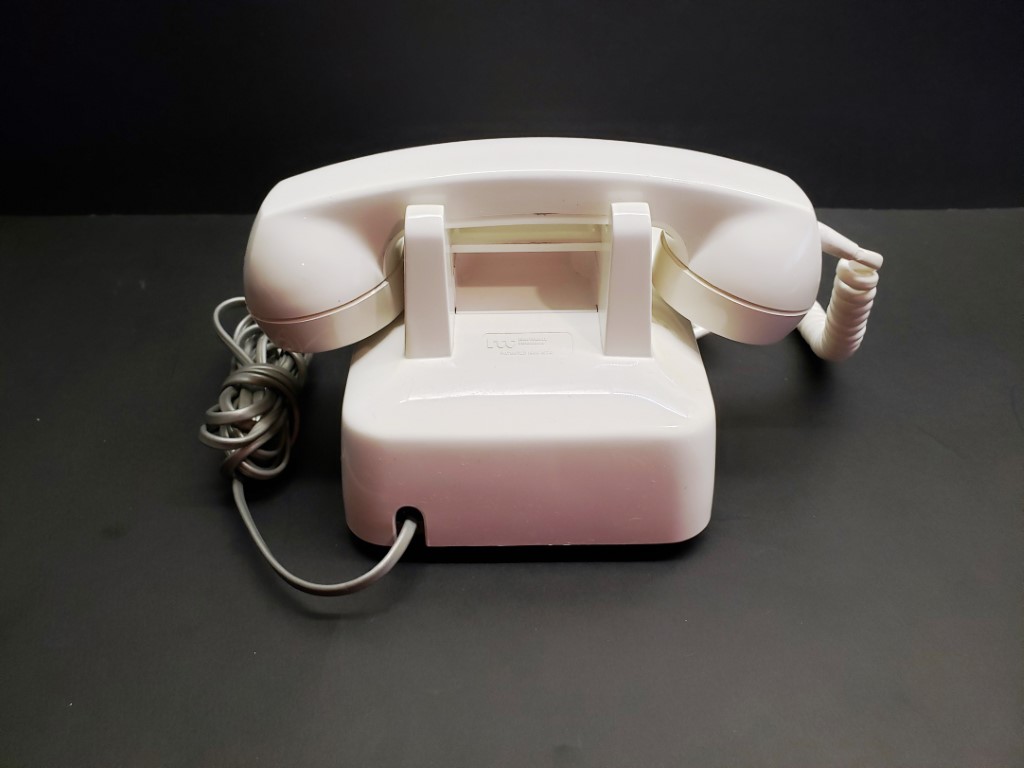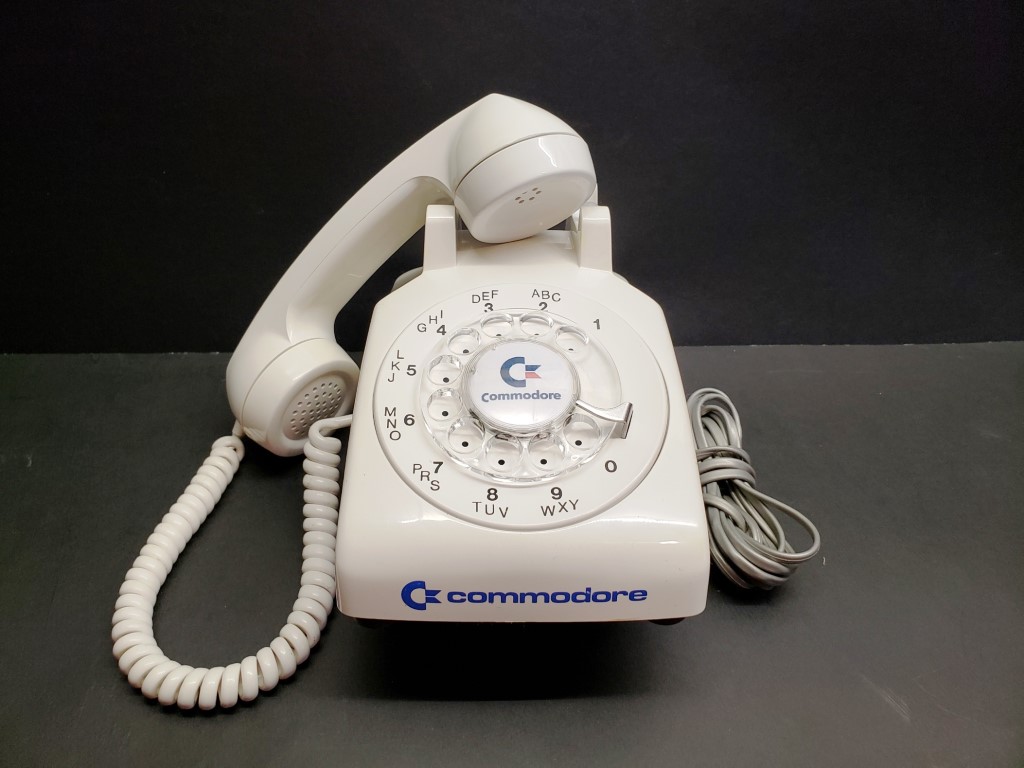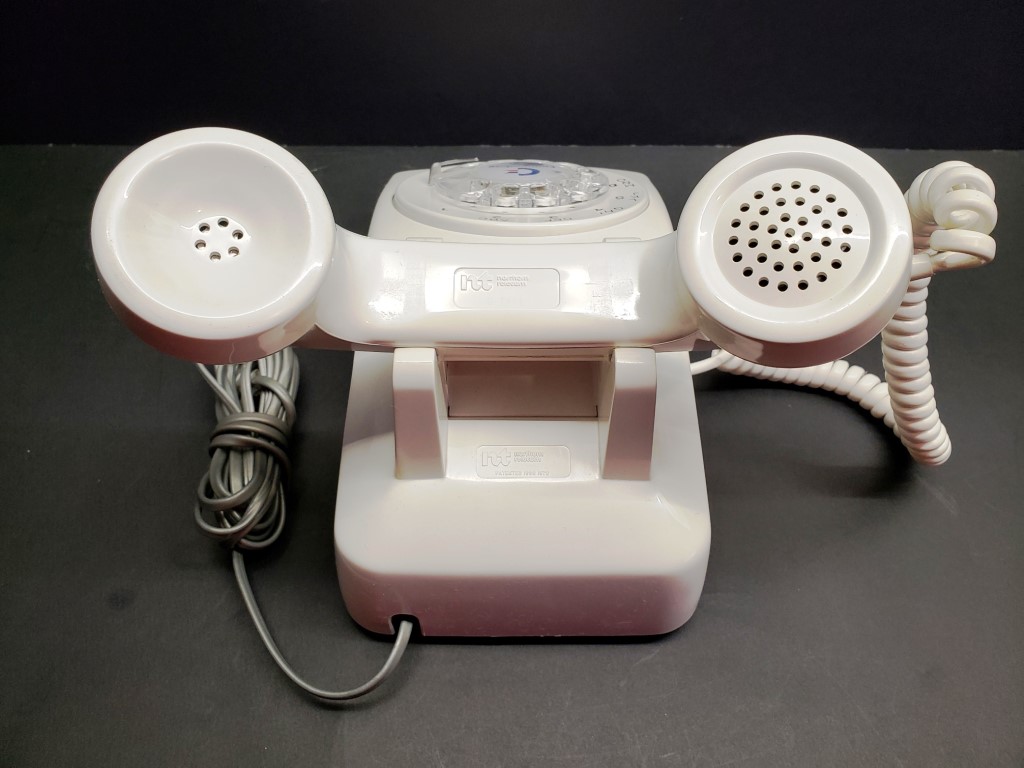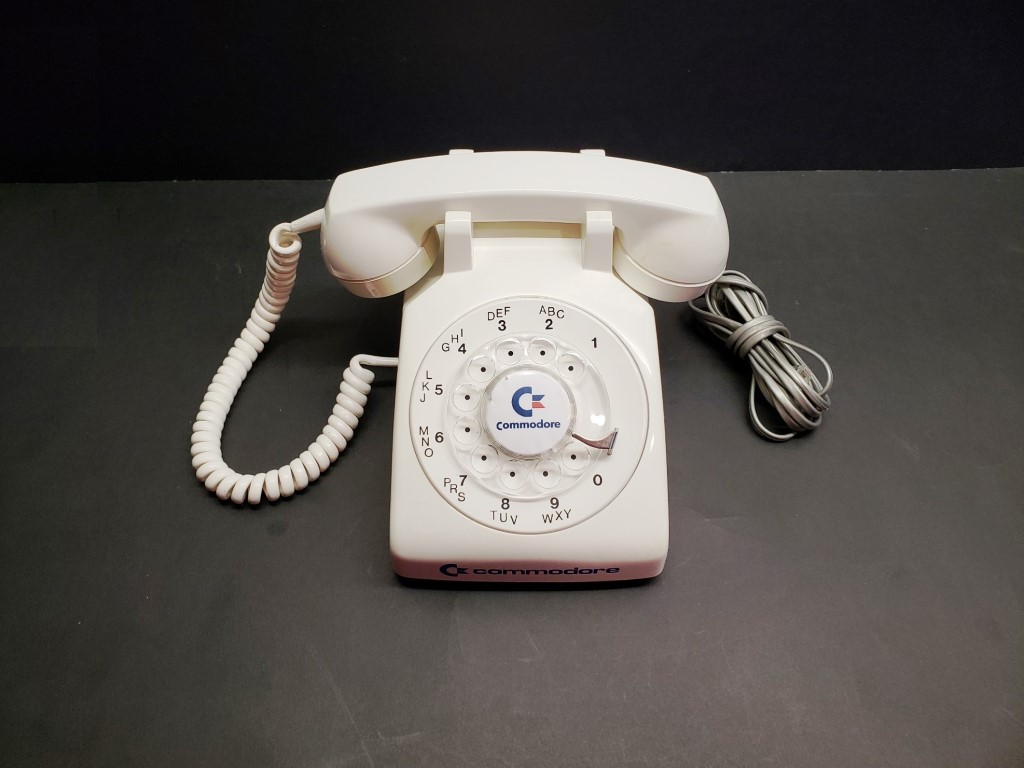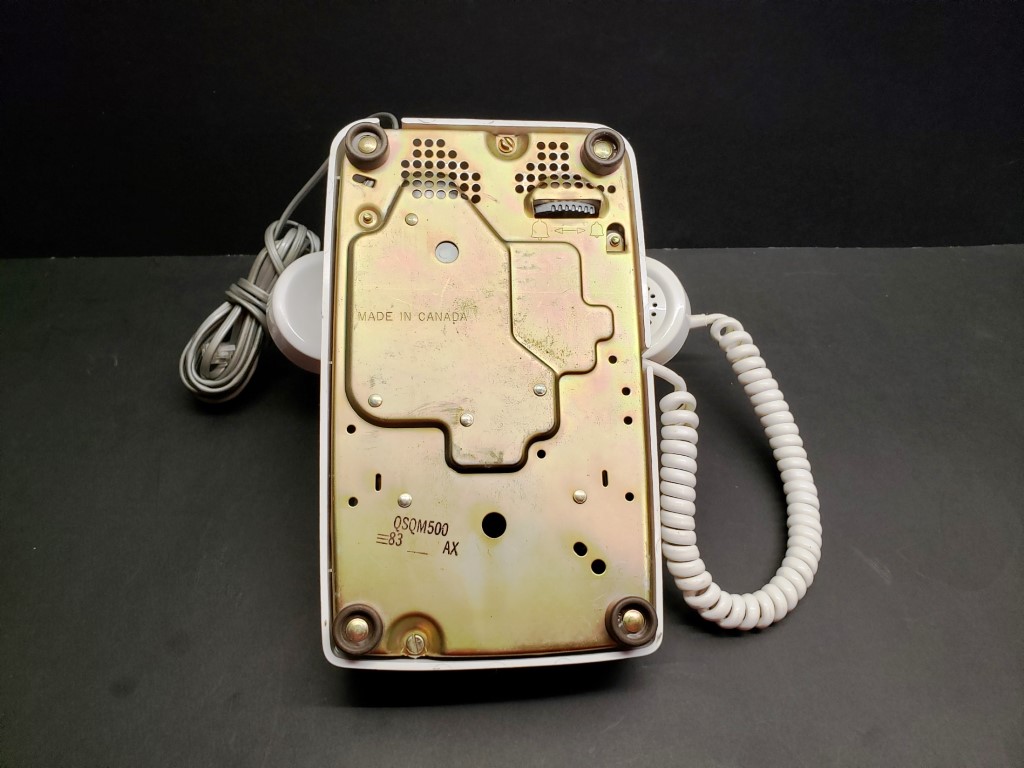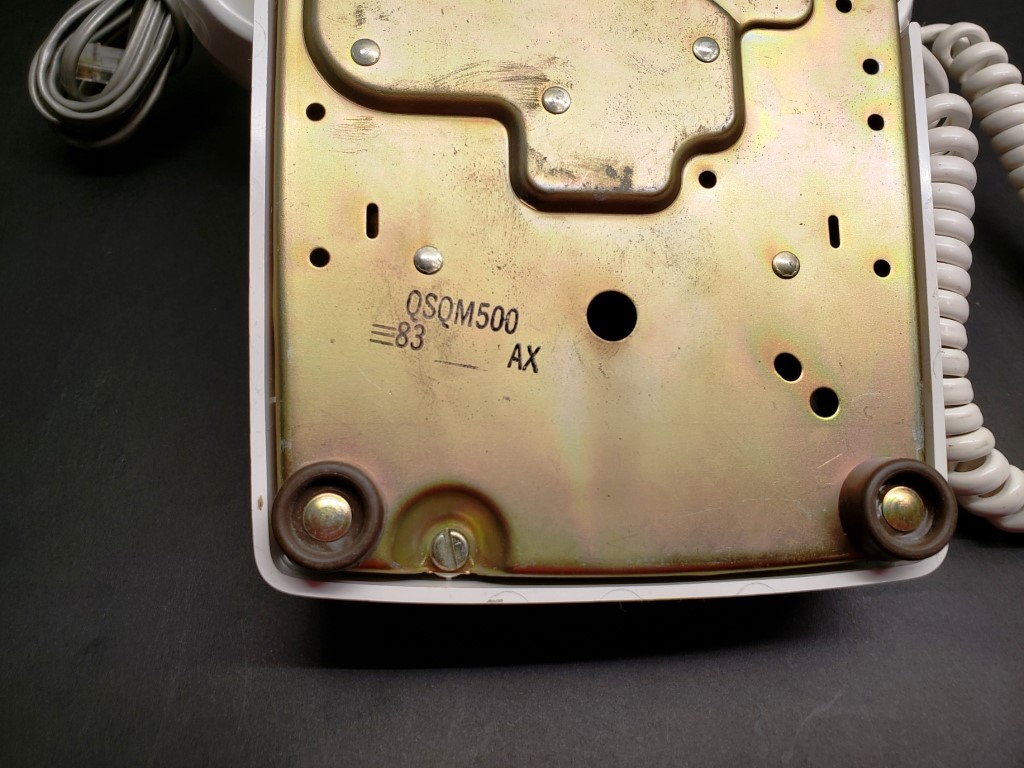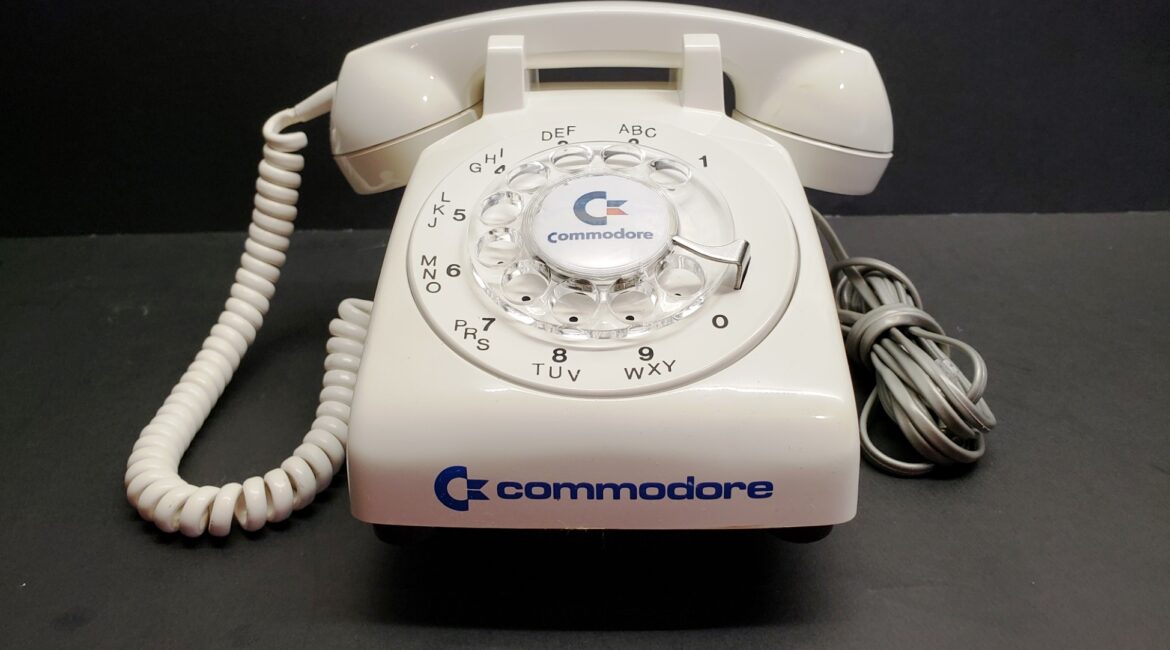1983 Northern Telecom Commodore Phone Limited Edition.
The Curious Case of the Commodore Phones: A Canadian-Only Tech Oddity
In the early days of home computing, the VICModem was Commodore’s answer to getting users online. But in Canada, things got… complicated.
To get around strict telecom regulations and technical limitations, Commodore did something unique: they bundled the modem with a rotary dial telephone made by Northern Telecom—specially branded and only ever sold in Canada. Here’s the strange-but-true story behind one of the rarest pieces of Commodore hardware ever released.
A Problem Unique to Canada
Elsewhere in the world, phones were modular. Handsets connected to their bases via small RJ-9 jacks, allowing devices like the VICModem to intercept the line between the handset and the base. Easy.
But not in Canada.
At the time, Northern Electric (later Northern Telecom) was the exclusive supplier of equipment for Bell Canada. And all Canadian phones were hardwired—meaning the handset was permanently attached to the base. This design made the VICModem essentially useless in its default form.
Commodore’s Clever Fix… or So They Thought
To solve the issue, Commodore Canada had an idea: bundle a special, compatible phone with every VICModem sold in Canada. It seemed simple enough—until they ran into Bell Canada’s famously rigid rules.
Bell didn’t just operate the phone lines. They owned every phone in the country, leasing them to customers and controlling what could (and couldn’t) connect to their network.
After negotiations, Bell gave Commodore the green light—on three conditions:
- The phones had to be manufactured by Bell’s own subsidiary, Northern Electric.
- They had to meet all federal telecom regulations.
- They could only be sold as part of a VICModem package.
Commodore agreed, and Northern Electric built a batch of phones stamped with the Commodore logo. Problem solved?
Not quite.
One Regulation Too Many
When the phones arrived, Commodore quickly discovered they were standard-issue models—with hardwired handsets. The same kind that caused the issue in the first place.
Commodore pushed back, but Bell didn’t budge. In fact, they pointed to an obscure regulation: any phone connected to the network had to remain fully functional at all times. That meant a phone without a handset—even temporarily—was technically illegal. So, even if Commodore wanted to modify the phones, they couldn’t.
Enter the VIC-1605 Adaptor Switch
Back to the drawing board.
Commodore’s engineers came up with a workaround: the VIC-1605 adaptor. This clever little device connected to the VICModem via a male RJ-9 plug and featured two female RJ-11 jacks—one for the included telephone, the other for a wall jack. A simple toggle switch let users select whether the signal went to the phone or the modem.
It wasn’t elegant, but it worked. And with a warehouse full of phones, Commodore decided to go ahead and sell the whole bundle.
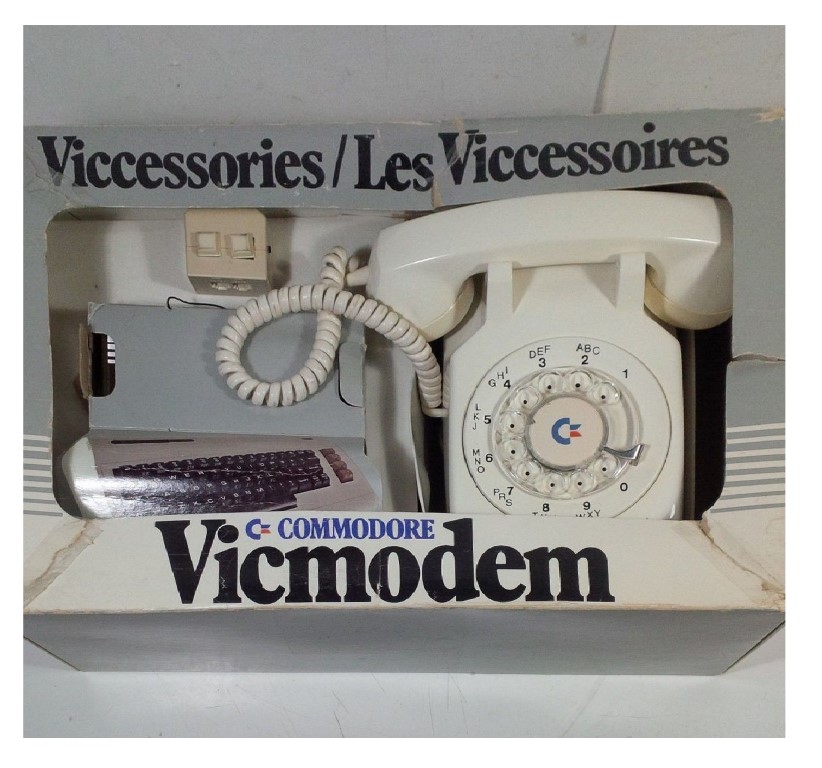
A Rare Slice of Tech History
The Northern Telecom Commodore Phone is one of the most obscure and region-specific bits of Commodore history. Only available in Canada, and only sold with the VICModem, it’s a rare find today—especially in working condition, with the VIC-1605 adapter still intact.
It’s also a fascinating example of how companies had to adapt to wildly different infrastructure and regulations in the early days of home computing. A modem, a rotary phone, a telecom monopoly, and a little bit of ingenuity—that’s the legacy of these Commodore Phones.
For more information , check these sites out.
http://www.zimmers.net/cbmpics/ouser1.html
http://sleepingelephant.com/denial/wiki/index.php/VICModem
